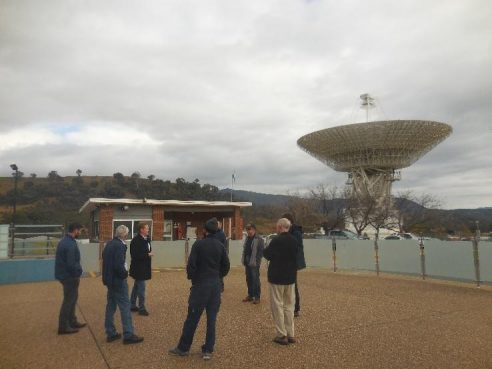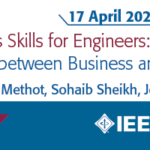Visit of the Canberra Deep Space Communications Complex
Ambarish Natu, Chair for IEEE Australian Capital Territory Section
On 26th May 2022, the Australian Capital Territory organized a tour of the NASA Canberra Deep Space Communications Complex (CDSCC). CDSCC was built specifically to support interplanetary spacecraft exploring the solar system. Originally constructed in 1965 at the Honeysuckle Creek Tracking Station for the Apollo missions (and known by the designation HSK), this antenna has had an amazing history. The first human spaceflight mission it supported was Apollo 7 in October 1968. On 21st July 1969 (Australian time) this antenna received and relayed to the world the first television images of Neil Armstrong’s historic first steps on the Moon. The Honeysuckle Creek station was converted for use in NASA’s Deep Space Network after the end of the Apollo and Skylab programs, with the antenna given the new designation DSS-44. The antenna supported many missions, including those to Venus, Mars, Jupiter, Saturn and the Sun, until the closure of the Honeysuckle Creek Tracking Station in December 1981. In 1983 the antenna was moved to its current location at Tidbinbilla, re-designated DSS-46 and modified to expand its capabilities for early launch acquisition (tracking a spacecraft after it has launched from earth). The X-Y configuration and small dish size allowed it to move rapidly, making it ideal for tracking near-earth spacecraft. The antenna continued to support NASA and international missions studying the sun, earth, moon and the planets in our solar system until its retirement from deep space service in December 2009. Each day the antennas are directed to receive or transmit data to any number of robotic spacecraft exploring our solar system and beyond. Around 40 space missions are currently being tracked from this station. This schedule is worked out months in advance by the mission controllers at the Jet Propulsion Laboratory in Pasadena, California USA.



